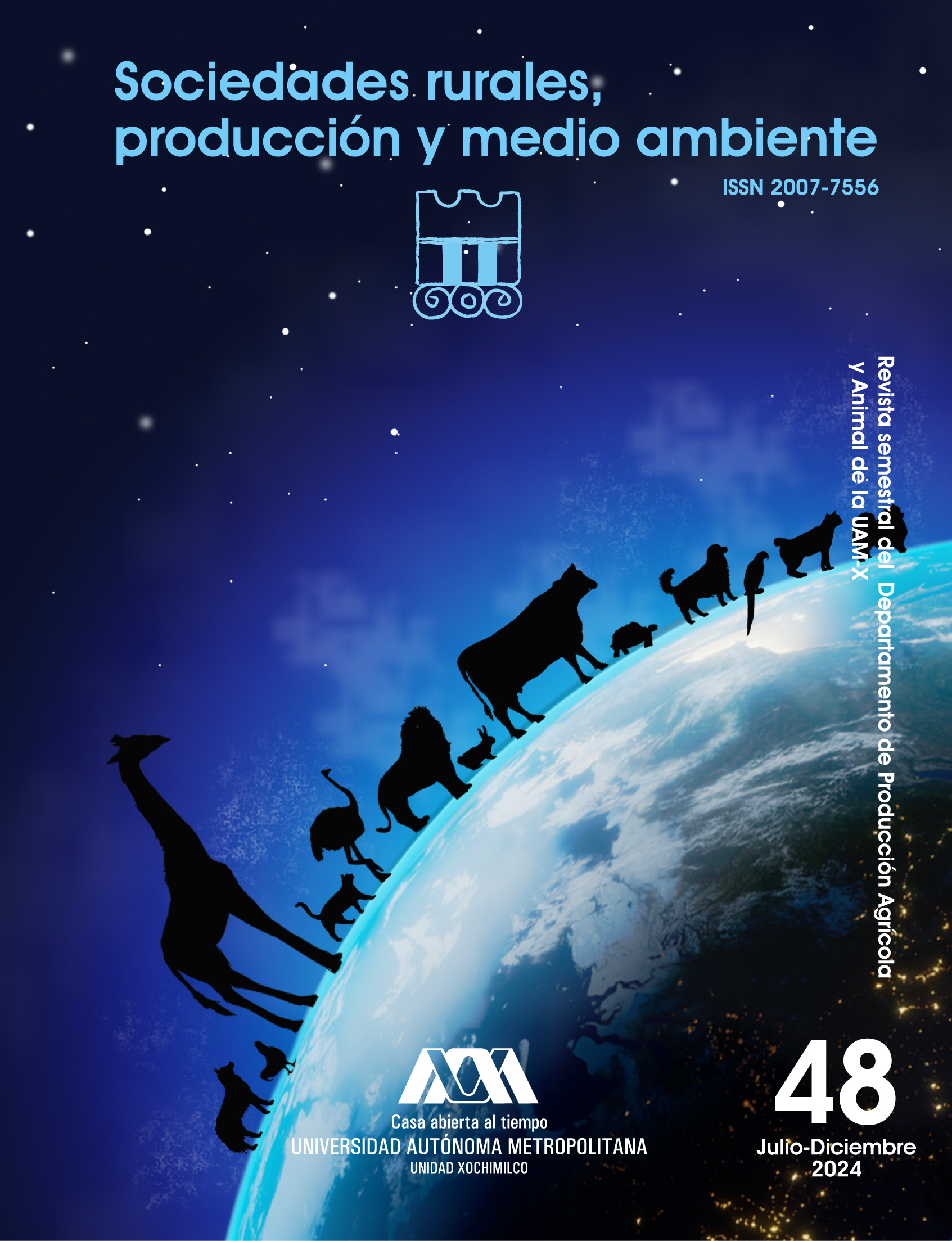Conservación de un paisaje forestal y desarrollo de la agencia transformadora en una comunidad indígena
Resumen
El objetivo del presente trabajo fue el de apoyar para que la agencia de una comunidad indígena transitara hacia un mayor papel de causalidad y de esta forma ejercer un mejor control sobre el paisaje forestal donde se asienta. Se buscó con ello fortalecer la toma de decisiones autónoma de los habitantes de la comunidad para que pudieran planear sus acciones sobre la superficie forestal con la que interactúan cotidianamente. La base teórica y metodológica del trabajo fue la ecología del paisaje en su vertiente interacción sociedad-naturaleza y la tercera generación de teoría de la actividad histórico-cultural que ha investigado la construcción de agencias transformadoras. Los datos del trabajo se obtuvieron a partir del análisis de una imagen de satélite del paisaje forestal, recorridos en campo guiados por pobladores del lugar y el análisis del contenido de las participaciones realizadas en asambleas comunitarias. Los resultados del trabajo fueron un diagnóstico de un paisaje forestal, la construcción de un esquema colectivo de gestión forestal y la transformación de una intencionalidad comunitaria que enriquece atributos específicos de la agencia de los pobladores en el marco particular del cuidado de su bosque.
The work pursued the objective of supporting the agency of an indigenous community to move towards a greater role of causality and, in this way, exercise better control over the forest landscape where it is located. The aim was to strengthen the autonomous decision-making of the community’s inhabitants so that they could plan their actions in the forest area with which they interact daily. The theoretical and methodological basis of the work was landscape ecology in its society-nature interaction aspect and the third generation of historical-cultural activity theory that has investigated the construction of transformative agencies. The work data were obtained from the analysis of a satellite image of the forest landscape, field tours guided by local residents, and the analysis of the content of the participations made in community assemblies. The results of the work were a forest landscape diagnosis, the construction of a collective forest management scheme, and the transformation of a community intentionality that enriches specific attributes of the agency of the residents in the particular framework of caring for their forest.

